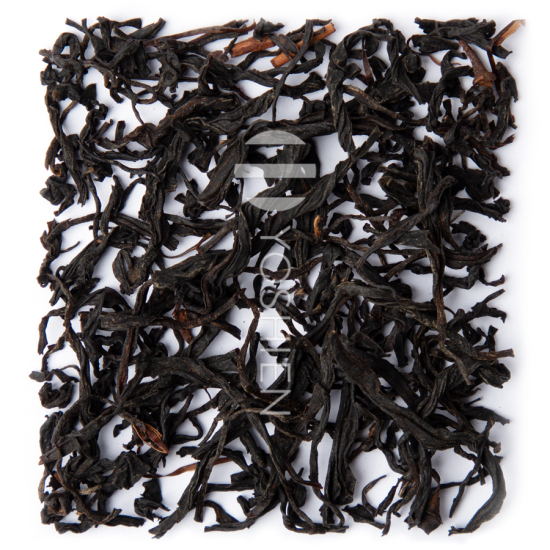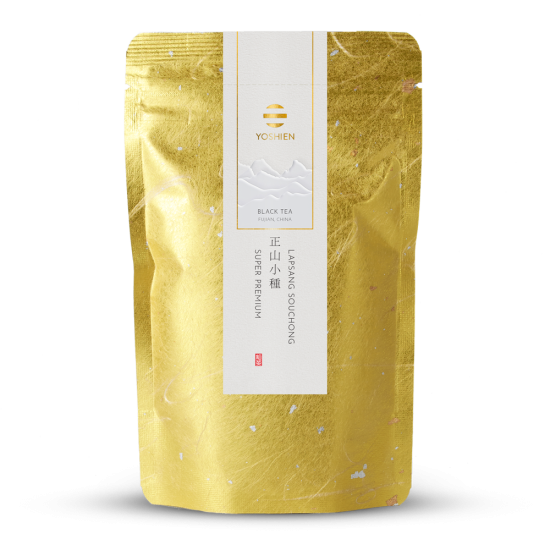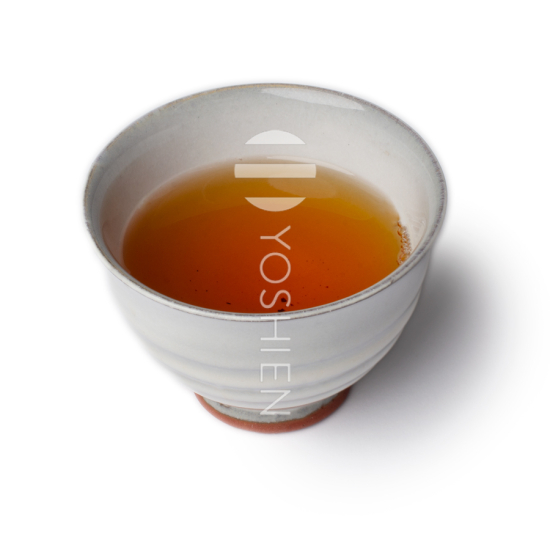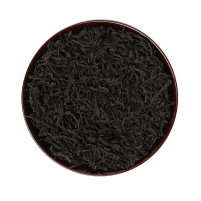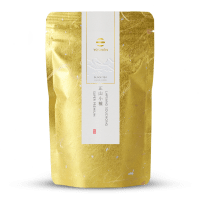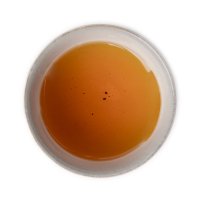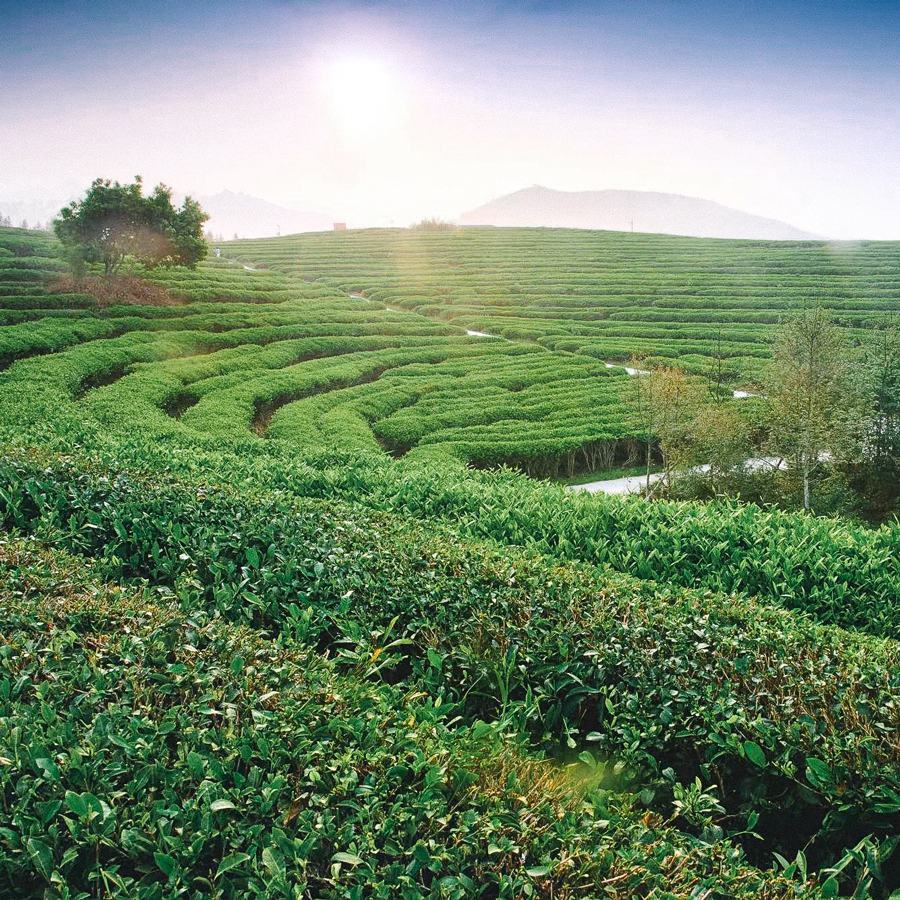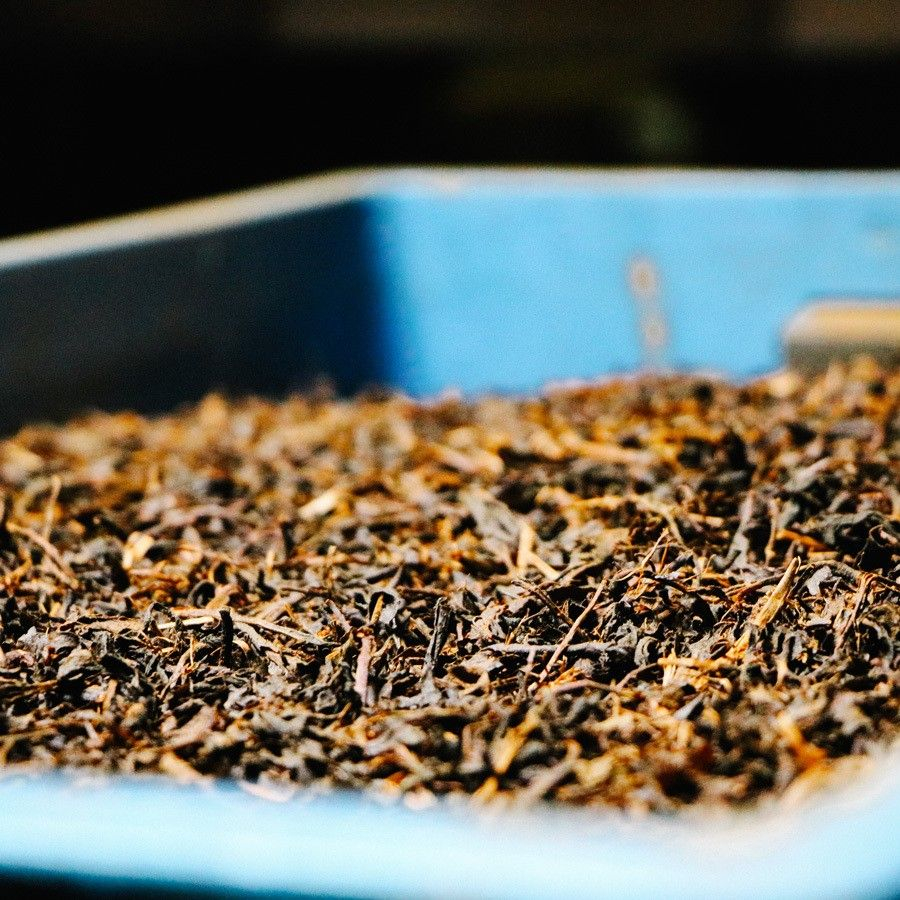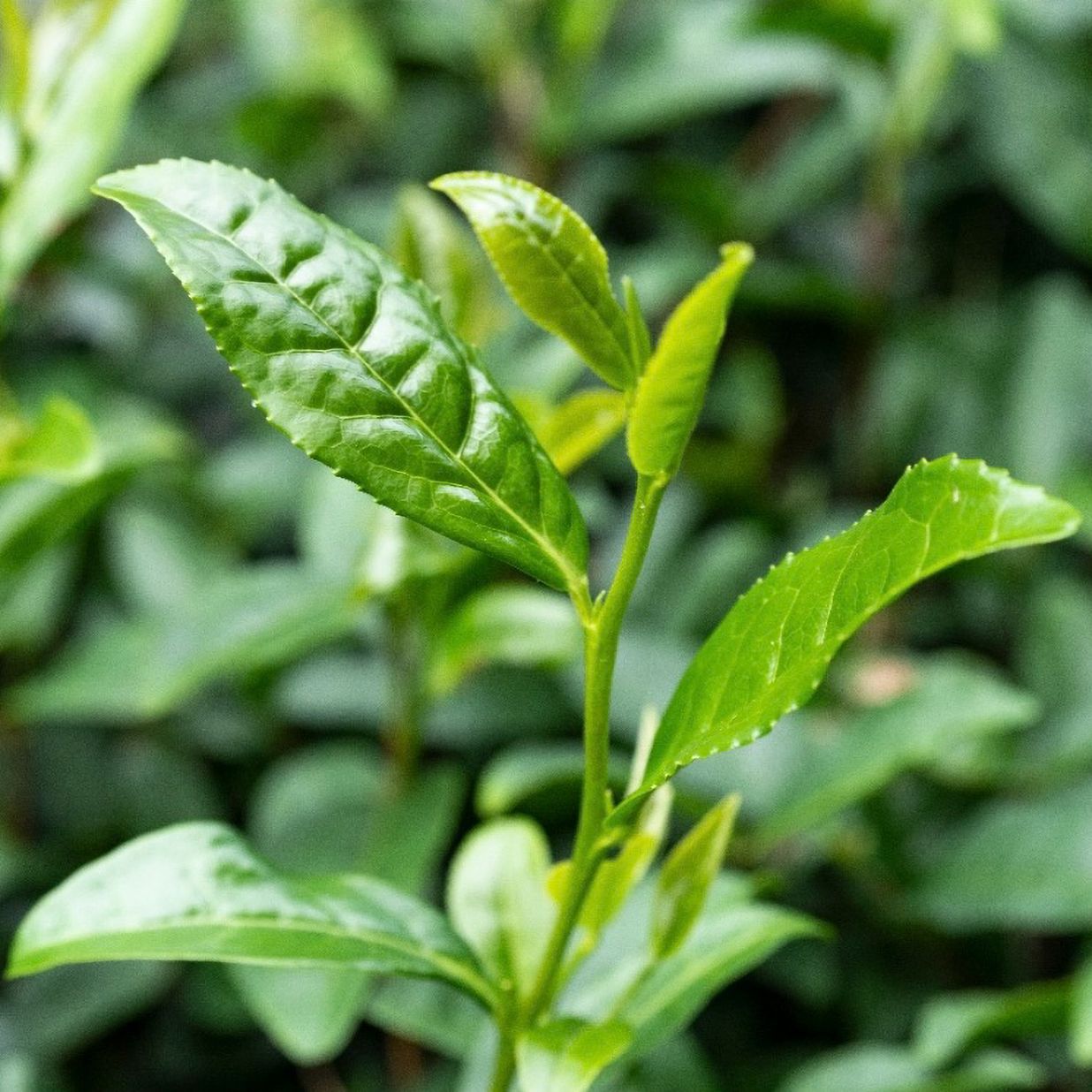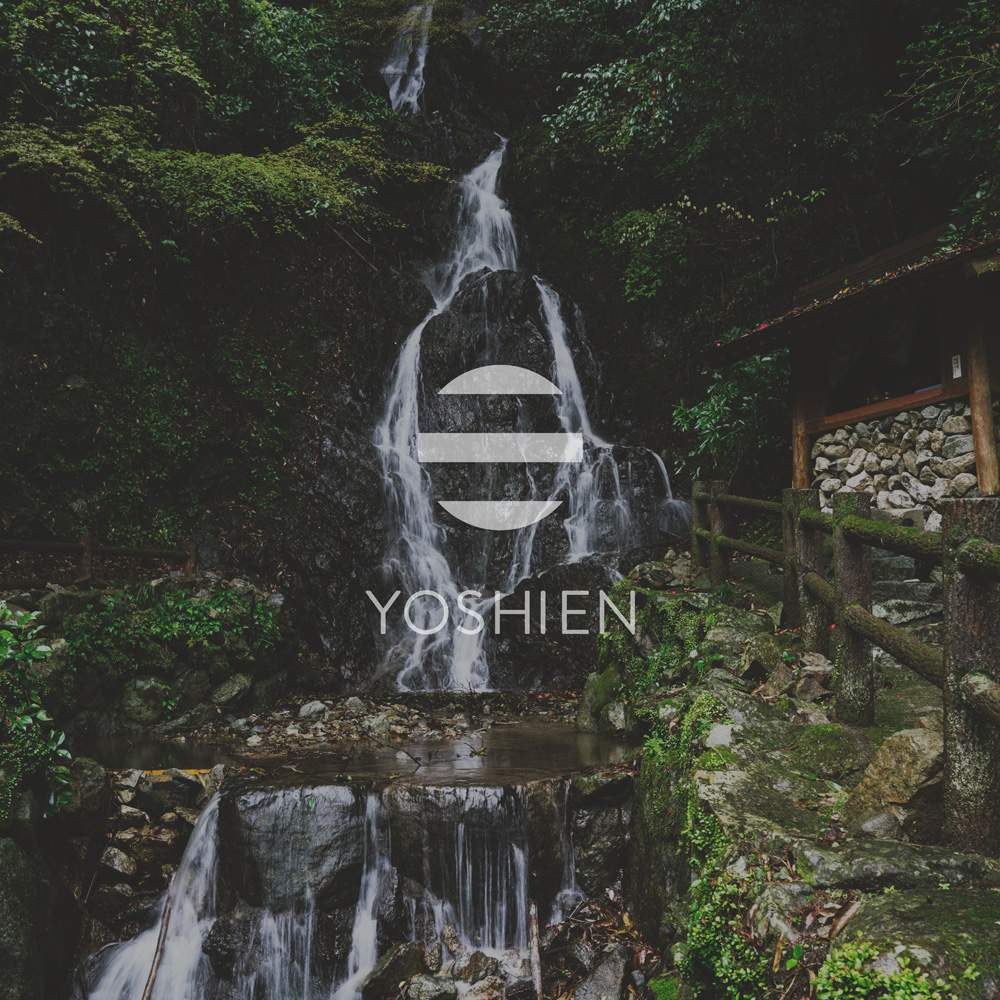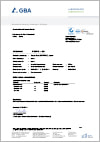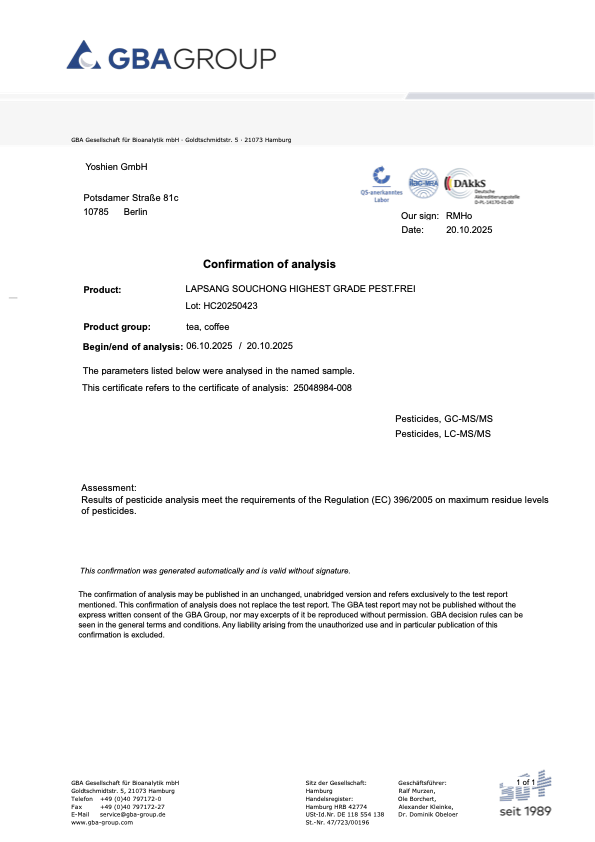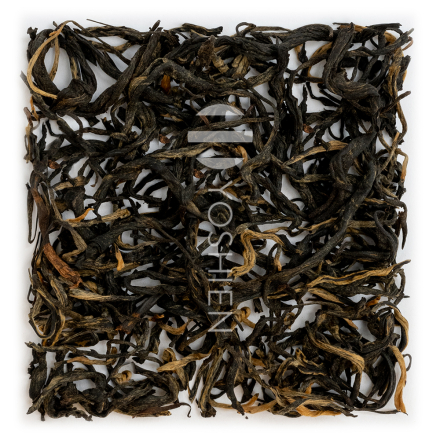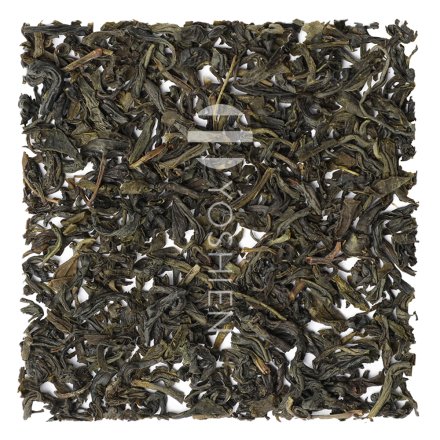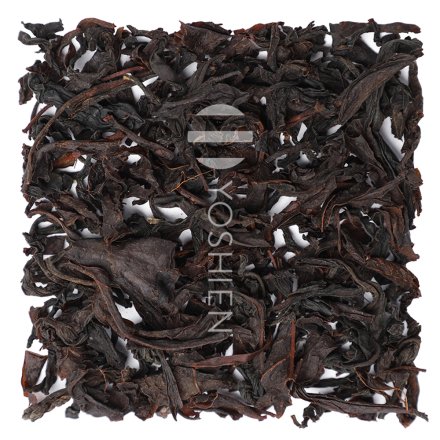The Wu Yi Shan Mountains in the northwest of Fujian Province traditionally rank among the most famous regions in China for cultivating tea. This relatively large region, which is dominated by imposing rock massifs, densely growing forests and twisting rivers, is home to only about 20,000 people. For centuries, the mountains were a place of hermitage for taoist and buddhist monks, who later began to settle in the region during the Song Dynasty (960–1279). From this period onward, tea has been cultivated on the cliffs and hills as well as in the gorges of the region. Its unique natural landscape provides unusual conditions for growing tea, but the results are impressive.
The karst topography offers excellent growing conditions for tea plants, as the rainwater collects minerals from the cliffs and limestone gorges as it flows. The natural drainage was refined by early monks and farmers over time, resulting in very mineral rich soil and providing the tea plants growing in the narrow valleys and on the slopes a boost in nutrition.
The cultivar used for this tea is the native, small-leafed Xiaocai (小菜茶), which grows deep roots capable of taking in high amounts of nutrients. Since Xiaocai produces such small leaves and grows so slowly, it does not have a high yield, and the effort required for harvesting is considerable: only the youngest shoot and the two underlying tea leaves are chosen for this first-rate tea.
The freshly hand-picked leaves are first laid out to wilt. The leaves are then rolled and kneaded to break their cell walls in order for the enzymes contained within to oxidise, i.e. so that the cell fluid can react with the atmospheric oxygen (this process traditionally takes place in roasting pans, which stops the oxidation process completely). Finally, the leaves are rolled into their characteristic twisted needle shape and dried.




